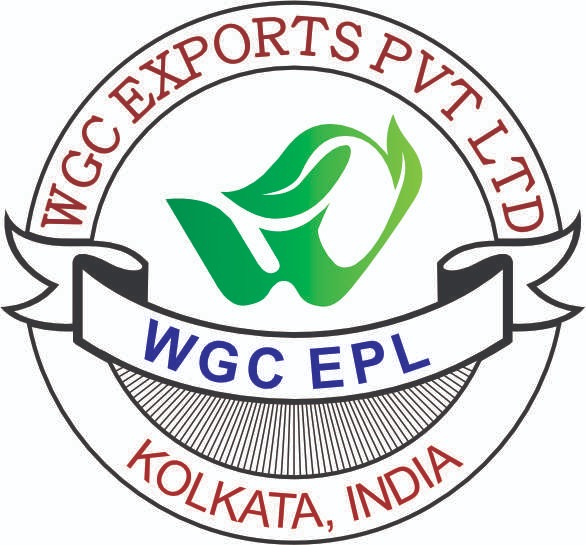Saffron
Origin and Production: Saffron, known scientifically as Crocus sativus, is primarily cultivated in countries such as Iran, Spain, India, Afghanistan, and Greece. Each region produces saffron with distinct characteristics in terms of flavor, color, and aroma.
Export Markets: Major export markets for saffron include the United States, European Union countries, Middle Eastern countries, and emerging markets in Asia. These markets have varying preferences for saffron grades and qualities.
Regulations and Standards: Exporting saffron requires adherence to international regulations and quality standards. This includes regulations related to food safety, pesticide residues, labeling, and packaging. Importing countries often have strict quality control measures for saffron due to its high value.
Certifications: Many importers require certifications such as ISO, HACCP, and Organic certification for saffron. These certifications ensure that the saffron meets certain quality and safety standards, including organic production methods and absence of contaminants.
Packaging: Proper packaging is essential for exporting saffron to preserve its quality and protect it from damage during transit. Saffron is typically packaged in airtight containers or vacuum-sealed packets to prevent moisture absorption and maintain freshness.
Transportation: Saffron is usually transported by air freight to ensure quick delivery and minimize transit time. Proper handling and storage conditions, including temperature control, are crucial during transportation to preserve the quality of the saffron.
Documentation: Exporting saffron requires various documentation including export licenses, certificates of origin, phytosanitary certificates, and invoices. Compliance with import regulations and customs procedures is essential for smooth export transactions.
Market Trends: Understanding market trends and consumer preferences in target export markets is crucial for successful saffron exports. This includes factors such as demand for specific saffron grades (e.g., ISO categories I, II, III) and packaging formats (e.g., threads, powder).
Price and Competition: Saffron is a high-value commodity, and its price can fluctuate based on factors such as harvest yields, quality, and market demand. Exporters need to stay competitive while maintaining product quality to succeed in the saffron market.
Marketing and Promotion: Effective marketing and promotion strategies can help exporters differentiate their saffron products in the market and attract potential buyers. This may include highlighting the unique characteristics of the saffron, such as its flavor, aroma, and color, as well as participating in trade fairs and industry events.



